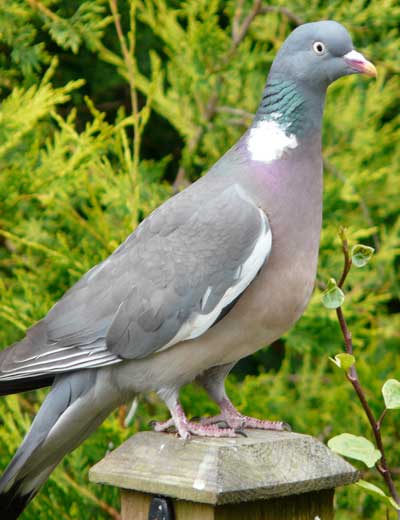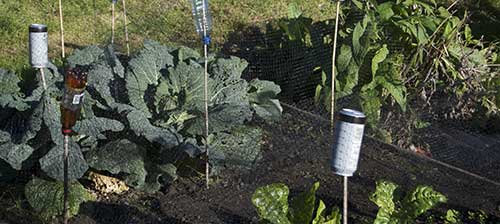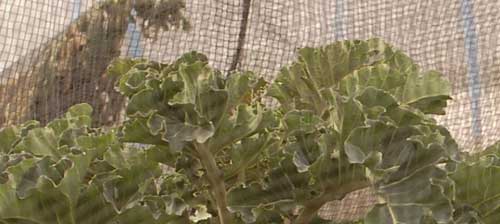Illustration © nic-nic 2016
December 2017 — Wood Pigeon
A west side plot holder says:
“Pigeons are thought to be the most populous bird on the planet, and come in various shapes and sizes. The ones we see most of at Warriston are wood pigeons (Columba Palumbus), which have increased greatly in numbers in recent years. They are the largest British pigeons, larger than their ubiquitous cousins the 'feral' or 'urban' pigeon (Columba Livia—often referred to affectionately as 'winged rats'). As well as their size, wood pigeons can be differentiated by their pinkish breast feathers and a white patch on the side of their necks. Despite their attractive appearance, wood pigeons can be extremely destructive on the plot, arriving in pairs or even small flocks, particularly early in the morning, where they feed on your crops: their favourites are the brassica family, so any cabbages, cauliflowers or kale left exposed are fair game. You'll know when you've been a victim of pigeons as leaves will be pecked and torn apart, leaving only the spines. Healthy plants often bounce back from one attack, but repeated attacks will result in small yields, and plants often 'bolt' before they are mature. Bird scaring devices such as scarecrows and CDs strung across your beds may deter pigeons for a while, but the only sure-fire way to keep them off your vulnerable plants is to net them (the plants, not the pigeons). Now is the time of year to do it, as other food sources are drying up, and the pigeons will be casting their beady eyes on your plot! Remember to secure your netting all round though, as smaller birds can get caught in loose netting and die.” NS |
Wood Pigeon Columba Palumbus
Image credit: Tristan Ferne from UK https://commons.wikimedia.org/w/index.php?curid=6973300 |
Pigeon defence measures at Warriston. Net your brassicas—and keep your netting taut all round to avoid trapping smaller bird species.






